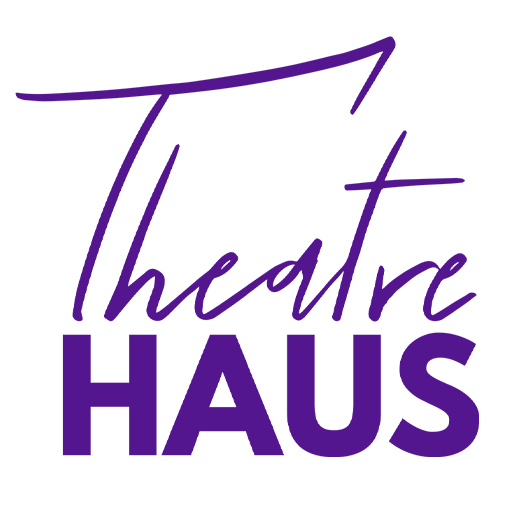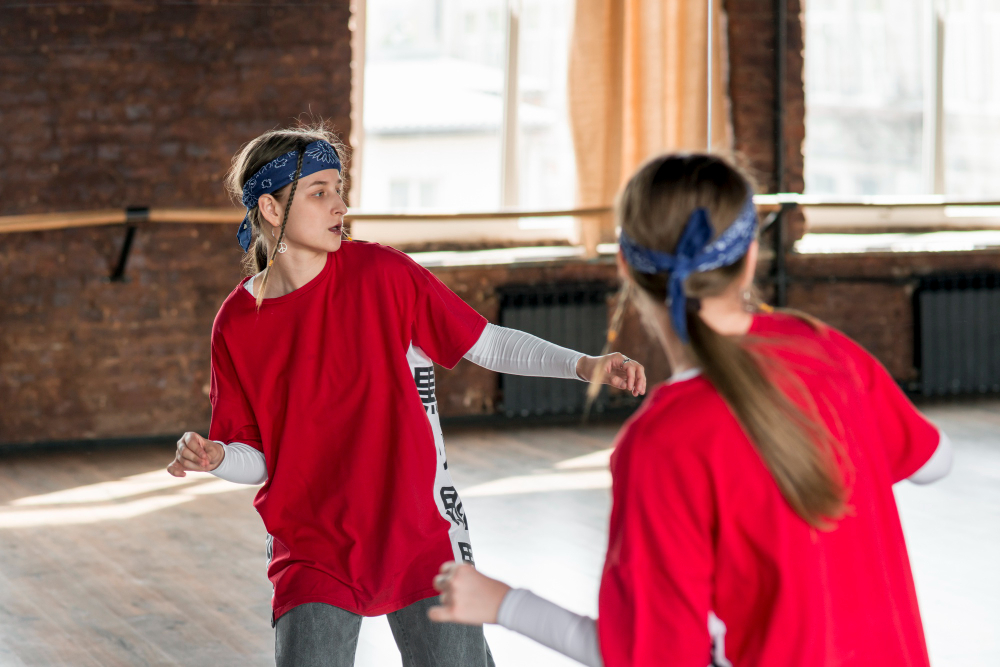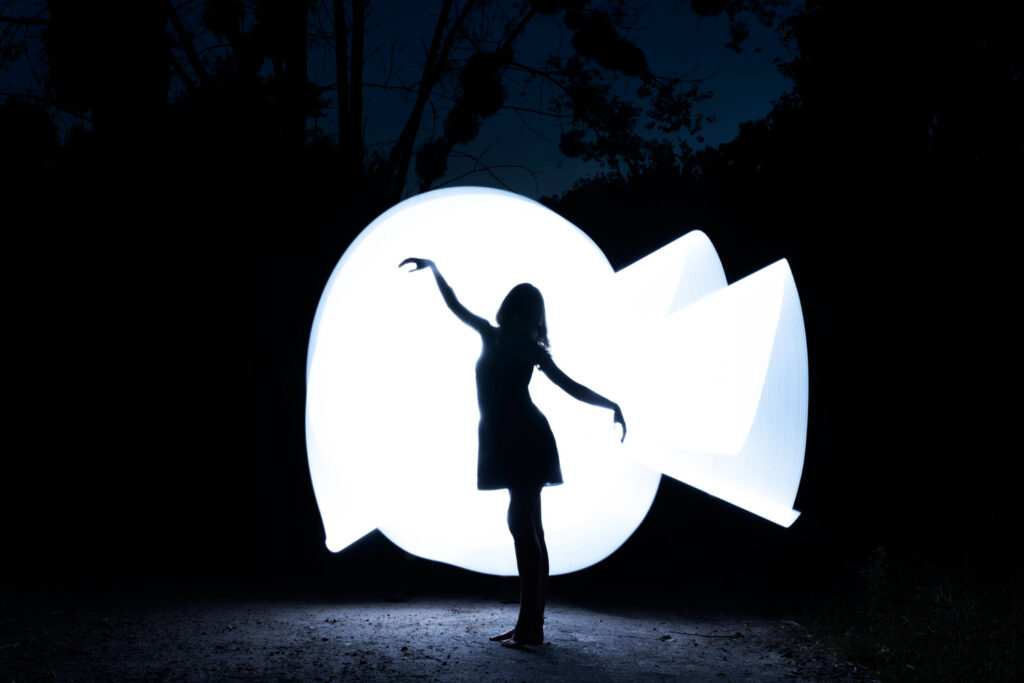
How to Set the Mood: A Complete Guide to Theatre Lighting
As an essential part of any theatrical production, lighting can make or break a performance. It sets the tone and atmosphere, guiding the audience’s emotions and creating a captivating experience. In this guide, we will explore the various lighting techniques used in theatre and the kind of mood they can set.
1. Spotlight
A spotlight is a focused beam of light that can be used to highlight specific areas of the stage or performers. It creates a dramatic effect, drawing the audience’s attention to a particular character or moment. Spotlights are often used for solos, dramatic monologues, or crucial scenes.
Mood: Dramatic, Intense
Spotlights create a sense of drama and intensity, heightening the emotions of the audience. They can create a sense of isolation, emphasizing the importance of a character or moment.
2. Wash
A wash is a broad and even distribution of light that covers a large area of the stage. It can be used to set the overall tone of a scene or create a specific atmosphere.
Mood: Calm, Soothing
A wash can create a calm and soothing environment, providing a sense of comfort and relaxation to the audience. It can also be used to create a dreamy or surreal atmosphere, immersing the audience in the world of the play.
3. Backlight
A backlight is a light that shines from behind the performer, creating a halo or outline effect. It separates the performer from the background, creating a sense of depth and dimension.
Mood: Mysterious, Suspenseful
Backlighting can create a sense of mystery and suspense, making the performer appear otherworldly or supernatural. It can also be used to create a sense of distance, making the performer seem farther away than they actually are.
4. Gobo
A gobo is a stencil or pattern that is placed in front of a light, creating a specific shape or texture on the stage. It can be used to create a specific environment or mood.
Mood: Whimsical, Playful
Gobos can create a whimsical and playful environment, providing a sense of fun and entertainment to the audience. They can also be used to create a specific location or setting, such as a forest or beach.
5. Strobe
A strobe light is a fast flashing light that creates a sense of movement or action. It can be used to create a specific mood or enhance the energy of a scene.
Mood: Excitement, Energy
Strobe lights create a sense of excitement and energy, making the scene feel dynamic and engaging. They can also create a sense of chaos or confusion, adding to the drama of the scene.
Conclusion
Lighting is a critical aspect of theatre production that sets the mood and atmosphere of the play. Each lighting technique has its own unique strengths and can be used to create different emotions and experiences. From the dramatic spotlight to the soothing wash, and the playful gobo to the energetic strobe, the possibilities are endless. By utilizing a combination of these techniques, lighting designers can create captivating and immersive experiences for the audience. Ultimately, the success of any theatre production relies on the careful orchestration of lighting and other technical elements, bringing the performance to life and captivating the audience’s senses.






